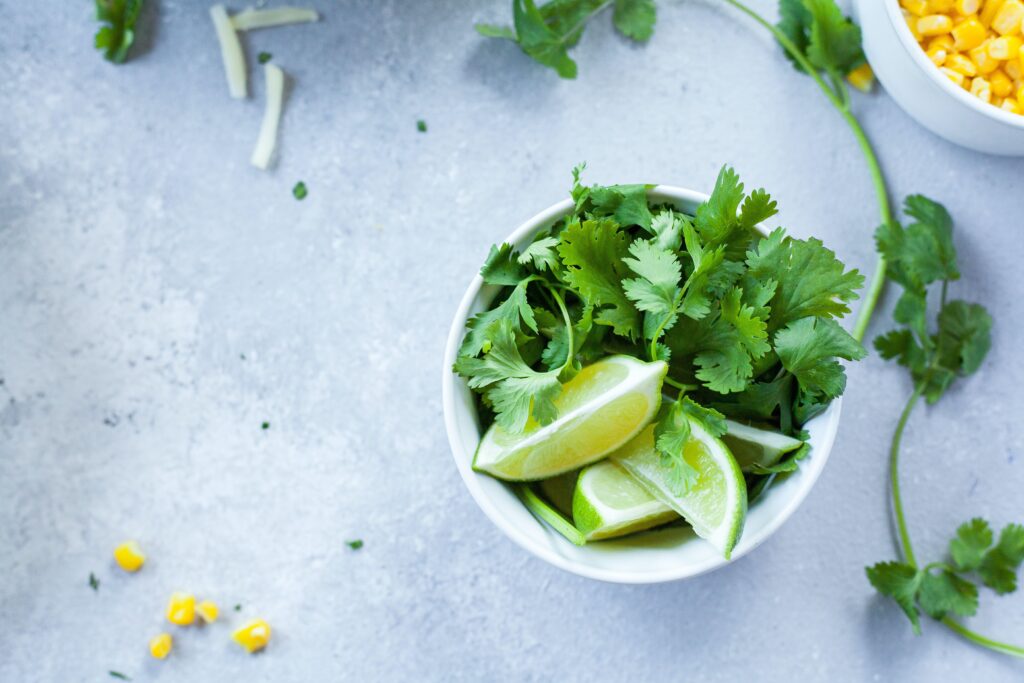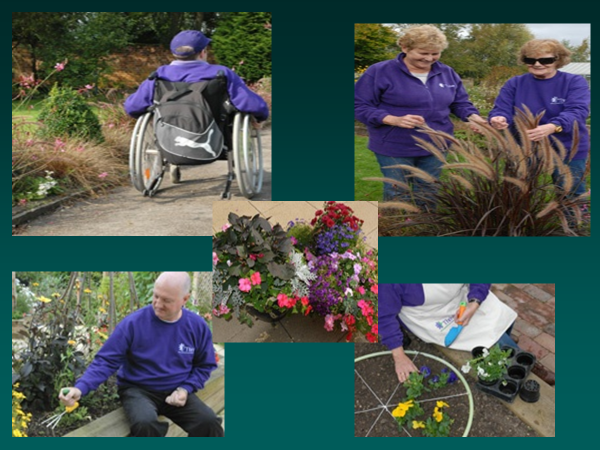
Yes, Parsley Petroselinum crispum is the winner – Herb for 2021! Each year since 1995, the International Herb Association chooses an herb to be celebrated. The Association’s selection committee’s choice is based on being outstanding in at least two of their three major categories of culinary, medicinal, and decorative.
How to Grow Parsley
Although parsley is commonly grown and used in many countries, it is native to the Central and Eastern Mediterranean regions. It is a biennial in temperate climates and is usually grown as an annual in our Ontario home gardens.
Parsley is part of the Apiaceae plant family, closely related to carrot, celery, dill, fennel, and lovage. Seeds can be started indoors or sown directly in the garden. The germination rate can be slow, taking up to four weeks but soaking the seeds can improve the sprouting success.
- Parsley seeds can be planted indoors 8 to 10 weeks before setting out in the garden.
- Seeds can be sown outdoors in the garden, approximately four weeks before the last spring frost date.
- The soil should be around 21C, but parsley seeds will root in cooler temperatures. It will just take a little longer.
Planting Tip: Plant radish seeds between the parsley seeds. The radishes will sprout and grow before parsley appears, marking the row.
Parsley grows best in moist, well-drained soil, rich in organic matter. It also needs full sun, six to eight hours daily. It grows 30 to 32cm in height in a clump-forming habit. Depending on the variety, it has ruffled or feathered-like leaves.
Parsley has a tap root which makes it tricky to transplant. If left to overwinter in the garden, the root system is beneficial for storing its food. In the second year, the parsley will grow a tall flowering stem, producing a flat-topped umbel flower head of yellow-green florets.
Why Parsley is the Herb for 2021
When you consider the selection committee’s categories (culinary, medicinal, and decorative), it’s clear that parsley has outstanding qualities in all three. It’s much more than a green garnish!
From a culinary perspective, it is widely used in Middle Eastern, Mediterranean, and American cuisine. Some chefs or cooks prefer the flat-leaved parsley as it is believed to have a stronger flavour than the curly-leaf variety. Although some would dispute this claim, it is a matter of choice or preference.
Chopped parsley with garlic and added lemon zest is a popular topping for stews in Italy. In France, it is mixed with chopped garlic to create a tangy paste topping for fish. In the Middle East, parsley is the main ingredient in Lebanon’s national dish – tabbouleh. There are so many recipes that include parsley, or sauces such as chimichurri. Yum!
From a medicinal standpoint, parsley is a low-calorie, nutrient-dense herb. It is rich in vitamins, particularly, Vitamin K, which is needed for blood clotting and bone health. It is also a good source of Vitamin A and C with important nutrients of antioxidants that benefit good health.

Black Swallowtail butterfly
Even if you aren’t a fan of parsley for the plate or its nutritional value, it makes a unique decorative plant for the flower garden or containers. With its bright green leaves, it will add texture to any floral display. And if want to encourage butterflies to your garden, parsley is one of the host plants for the Black Swallowtail Butterfly!
When planning your garden this year, consider parsley, “Herb for 2021”, as an easy to grow option that’s much more than a green garnish!
Resources
Farmers Almanac – Growing Guide for Parsley
West Coast Seeds – Garden Wisdom About Parsley
Related Posts
http://8ff.ad6.myftpupload.com/rosemary-herb-of-remembrance/





About The Author: Nancy Abra
The family kitchen garden has always been a big part of my life from the early days growing up on a farm to current days gardening near Thorndale, Ontario.
I have honed my gardening knowledge with various courses including a certificate in Horticulture from the University of Guelph, ongoing training with the London Middlesex Master Gardeners, active membership with the local Horticultural Society and as a volunteer gardener at Fanshawe Pioneer Village, It has always been important to me to feed my family from the best of my garden or from locally grown produce. For almost 50 years of preserving, canning, pickling, and using heirloom recipes including some of my own creations, I have developed tasty preserves for my family and friends which I market locally with the brand name "From My Garden".
More posts by Nancy Abra